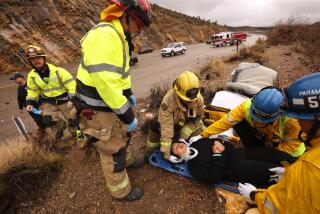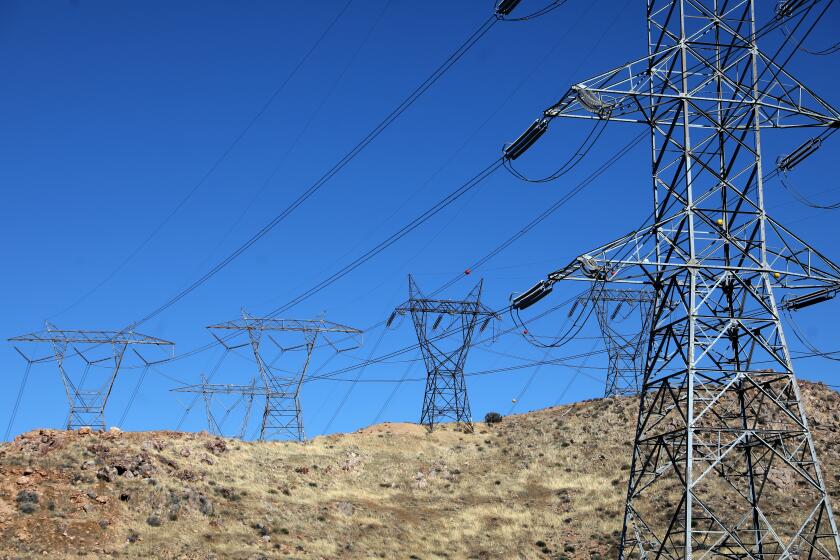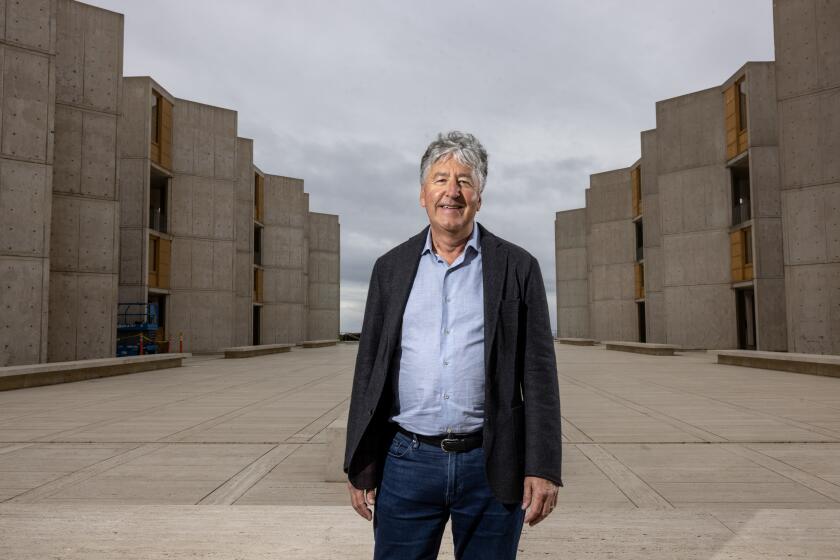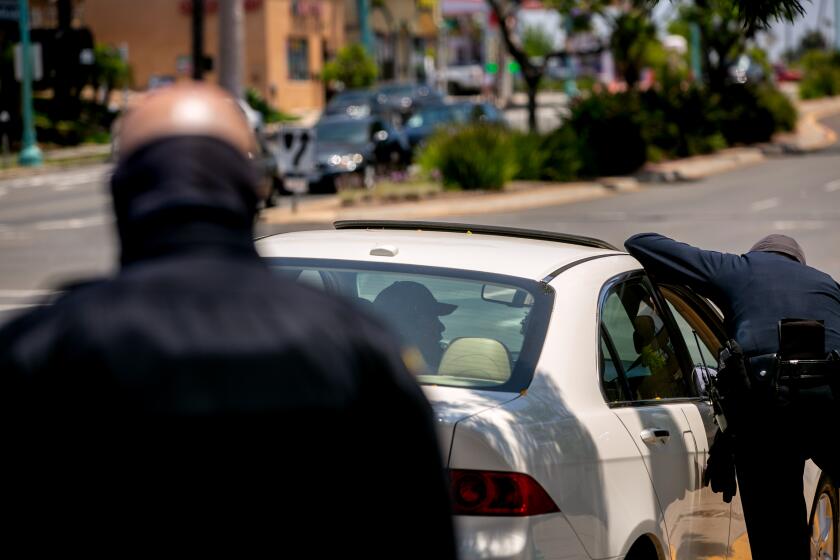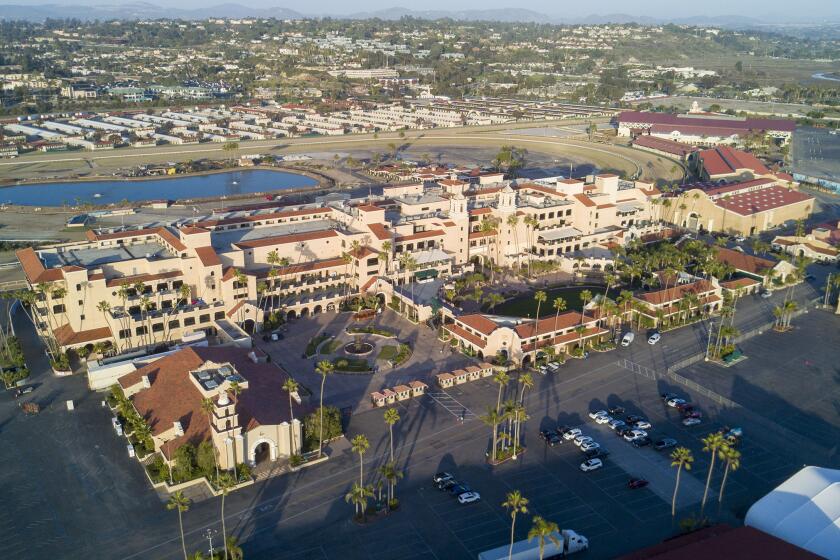El Cajon will try sending some 911 calls to nurses, not hospitals. Here’s how it’s gone elsewhere
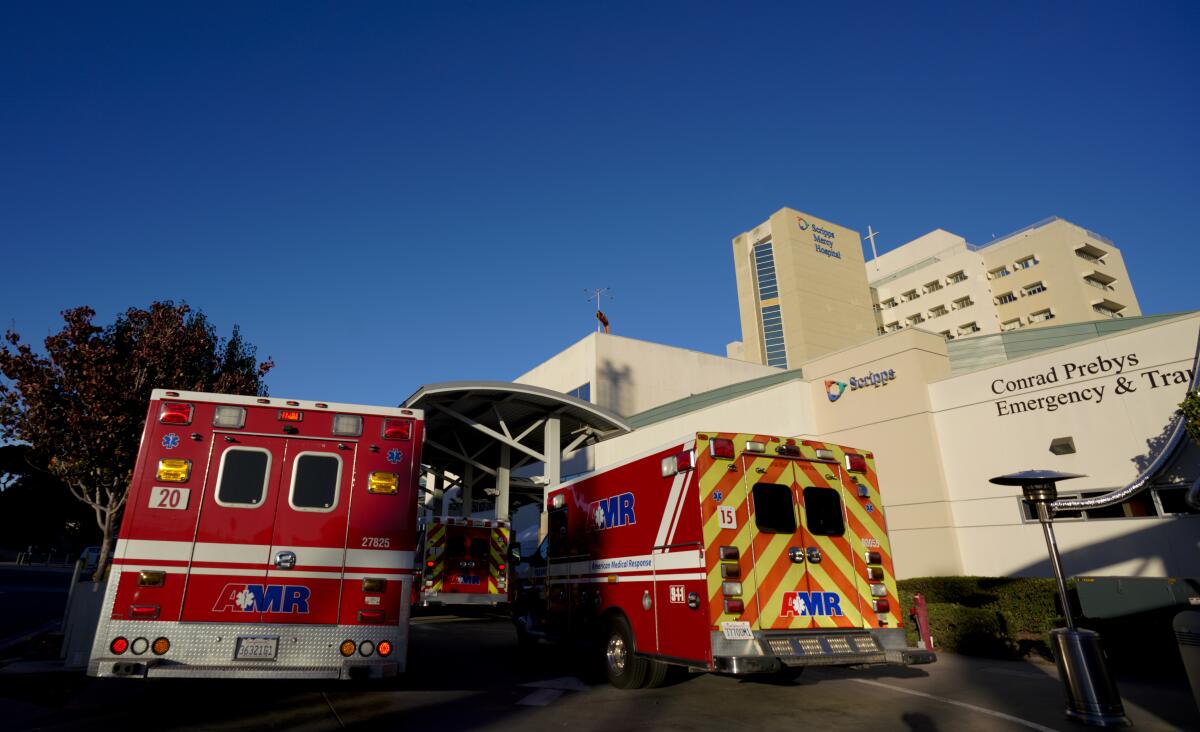
EL CAJON, Calif. — Several years ago in the nation’s capital, a few hundred people who dialed 911 were not taken to a hospital.
The next year, nearly 2,900 calls didn’t lead to an emergency room. The year after, it was more than 7,000, according to city data.
This story is for subscribers
We offer subscribers exclusive access to our best journalism.
Thank you for your support.
Since 2018, more than 16,000 calls that once might have resulted in trips to the hospital were instead transferred to nurses, who could still help people find doctors or schedule rides to urgent cares.
Washington is one of a handful of places nationwide rethinking how to respond to emergency calls, and one city in San Diego County wants to follow suit. The El Cajon City Council voted unanimously last month to set aside hundreds of thousands of dollars for a first-in-the-region pilot program.
“This is the wave of the future,” said Art Andres, who oversees 911 calls in San Bernardino County. Nurses could save everybody money by reducing first responders’ workload and easing hospital wait times while still connecting people to care they need, he said.
Andres also cautioned: “Sometimes, early adopters face challenges.”
In interviews with representatives for 911 call centers, fire departments and emergency medicine organizations around the country, officials flagged a series of questions El Cajon will have to answer, including: Are there nearby clinics that can quickly take new patients? What if a caller doesn’t have a way to get there? If someone demands an ambulance, will the city send one even if the person doesn’t appear to need it?
And who’s going to pay for this?
Richmond, Va., first faced these hurdles nearly two decades ago.
In 2004, the Richmond Ambulance Authority launched what was believed to be the nation’s first program to divert less serious 911 calls to nurses.
It shut down six years later.
“It was ahead of its time,” said Rob Lawrence, who was the ambulance authority’s chief operating officer and is now executive director of the California Ambulance Assn.
The biggest problem was there wasn’t a network of clinics ready to take 911 callers, he said. “A patient needs to go somewhere, and where are the somewheres?”
Having mental and behavioral health clinics that can take walk-ins at all hours is key, he said.
A similar issue is facing dispatchers in Alexandria, Va.
Near the start of the pandemic, the city used federal relief funds to start directing suspected COVID-19 cases to nurses, said Brian Hricik, Alexandria’s deputy chief for Emergency Medical Services.
Yet nearby clinics often close early, and many dispatchers still automatically send ambulances to callers, forgetting about the nurse option, he said. In February, only a single call was transferred to a nurse.
“We’re not utilizing the triage line like we want to,” Hricik said.
On the West Coast, Seattle rolled out its program in February.
Of the more than 10,000 emergency calls that can come in each month, nurses have so far directed about 350 away from emergency rooms, said Hilton Almond, a former dispatcher and a fire department spokesman. A few people got urgent care, dentist or telehealth appointments, while many others just needed a nurse’s advice, he said.
Most of the time, nurses erred on the side of caution and sent ambulances to calls that didn’t necessarily appear serious, Almond said. “It’s gonna take some time for that number to come down.”
Further south, San Bernardino County has not seen a significant drop in ambulance trips since it adopted its program at the end of 2020, according to Andres, director of the CONFIRE emergency communications center.
Although around a fifth of the county’s emergency calls do not appear life-threatening, it doesn’t yet have taxi vouchers or contracts with companies such as Uber or Lyft to get people rides to other appointments, he said.
He and other officials are looking to Nevada for how to improve.
Washoe County, which includes Reno, uses the Regional Emergency Medical Services Authority. It received a federal Health Care Innovation Award several years back to fund a range of reforms, including directing calls to nurses.
During the first four years, the county avoided more than 1,000 ambulance trips and more than 6,000 emergency room visits, according to a follow-up report. That led to saving more than $9.6 million from 2012 through 2016, the report said.
During a more recent 12-month period, from February of last year through January, about 1.5% of all calls were transferred to nurses, according to spokeswoman Alexia Jobson.
Several thousand additional calls were eligible for transfer, but because the county does not use a separate 24/7 call center, a local nurse wasn’t always available, Jobson said.
Furthermore, some people just demanded an ambulance.
Whether nurses can overrule callers will be one of El Cajon’s key decisions.
Officials in several cities said they won’t refuse demands for a hospital, even if the caller does not appear to be in any immediate danger.
Some dispatchers hear, “I pay taxes, you guys have to do this,” said Hricik, in Alexandria. “Their direction from us and our medical director is, ‘Yup, absolutely, send an ambulance.’”
Washington, D.C., appears to be one of the only places that does allow nurses to overrule callers.
Frustrated residents are directed to call a complaint line. The department receives between 10 and 20 complaints a year, spokesman Vito Maggiolo said. Since 2018, there have only been three instances where officials later decided a staff member made a mistake, Maggiolo said, though he did not specify if the cases dealt with ambulance decisions.
Lisa Moreno, a doctor and president of the American Academy of Emergency Medicine, said medical professionals should be allowed to make the final decision.
At the same time, the protocols guiding nurses needed to be written by doctors, she said. “We would want to be sure that the nurses had ... the training to make that kind of assessment, so people don’t fall through the cracks.”
One way to see if nurses are making mistakes would be to track if people denied an ambulance have to call 911 again for the same problem, she said.
The challenges can appear daunting. Philadelphia discussed, but ultimately decided against hiring nurses, according to a fire department spokeswoman.
Many details about El Cajon’s plan remain in the air.
If the county and city give the green light, Heartland Fire-Rescue Chief Steve Swaney has said they could begin diverting calls as soon as this summer. (Swaney’s department also serves La Mesa and Lemon Grove.)
El Cajon residents dial 911 about 16,000 times a year, and local officials say nearly a third are not true emergencies.
The City Council set aside $300,000 from its general fund to cover the first several thousand calls, and officials have said they hope Grossmont Healthcare District, which oversees Sharp Grossmont Hospital, and American Medical Response, which provides local ambulances, could later help foot the bill.
A spokeswoman for the district previously declined to comment while negotiations are ongoing.
The ambulance company already works with other communities that direct calls to nurses, including Seattle and Washington D.C. Kevin Mercer, an AMR regional director, praised the proposed reforms as a way to give people “access to a wider variety of care options to meet their specific medical needs,” according to a statement sent by a spokesman.
In response to a question about whether the company was open to paying for it, Mercer said “we will work cooperatively with city officials to discuss future funding opportunities.”
More to Read
Sign up for Essential California
The most important California stories and recommendations in your inbox every morning.
You may occasionally receive promotional content from the Los Angeles Times.

